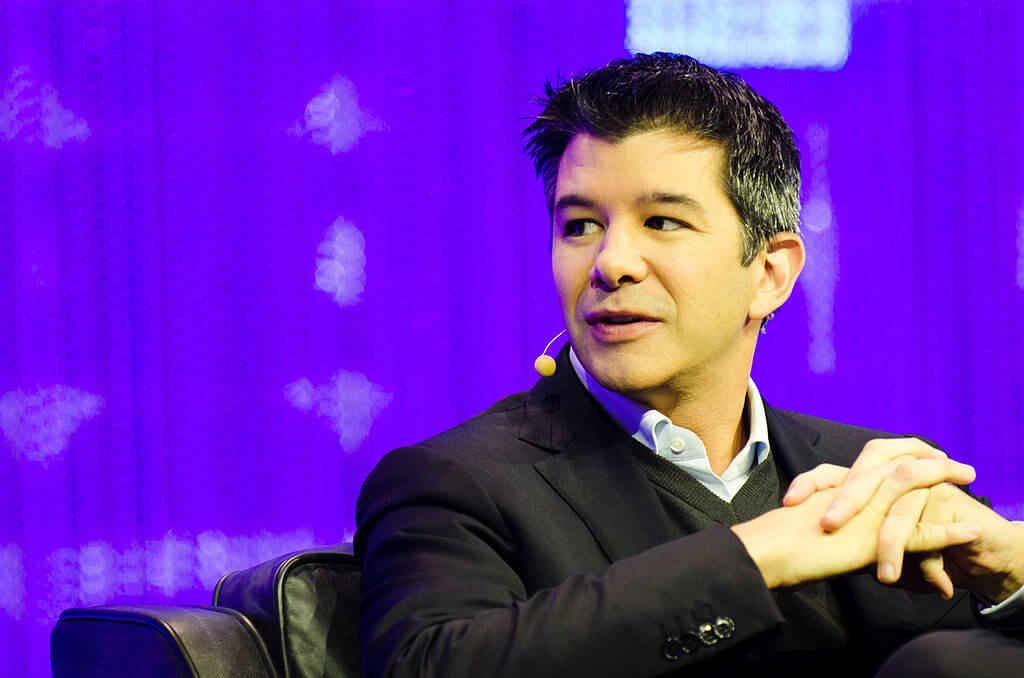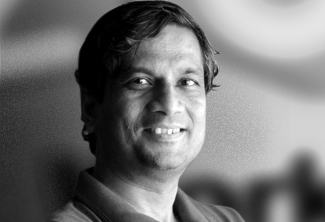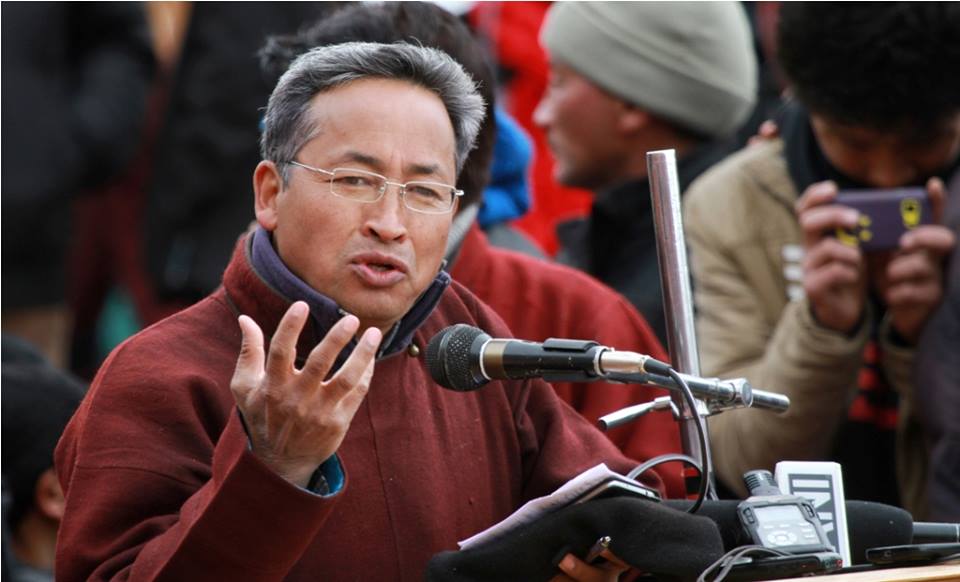Rocket Internet: The failed rocket science behind Jabong, Foodpanda and many more startups
Rocket Internet is a German Internet company that replicates successful online startups in lesser explored markets. Opposite to the name there is no rocket science used by Samwer brothers in their company, the Rocket Internet. The business model is simple, they would build companies which already existed but with a new and hungry work force. They would spend a huge capital to make sure the company grows in the span of two years or so and then sell the company at an alluring price. People say that unoriginal and copied ideas never work for long time. But, against all odds Rocket Internet’s strategy worked for long. Oliver Samwer also made a statement to Financial Times that
“There are three e-commerce companies in the world – Amazon, Alibaba and us”.
The only trick they used was to create products which were successful in USA and China and then launch these so called “new companies or products” in the other European countries. Rocket Internet is pretty good at marketing and business plan.

Replicating and selling eBay’s business model to eBay itself
The start to such an idea was formulated when the three brothers spent their time studying about the emerging startups in the Silicon Valley, while staying in San Francisco in 1998. They observed that many people bought stuff online and also sold stuff online on eBay. The Samwer brothers after returning to Germany implemented eBay’s business model and forged a company in Berlin called “Alando” which was a replica of an online auction company. Alando was aquired by eBay for $43 million within 3 months of its launch.
Rocket Internet
Thre brothers Marc, Oliver, Alexander Samwer continued this strategy and in 2007 founded their company Rocket Internet. Oliver Samwer was the driving force behind the company. The company was mainly into food and groceries, fashion, travel, home and living, general merchandise and new business and investments.
In 2010 Samwer brothers started CityDeals which was acquired by Groupon for $170 million within five months of it’s launch. In 2008 Rocket Internet founded Zalando, an online shopping website inspired from Zappos.com. They even tried to create a copy of Airbnb but couldn’t succeed because of brand name and niche community.
Rocket Internet expanded in other markets including India. Rocket Internet started its Indian journey with the help of three Indians entrepreneurs- Ankur Warikoo, Praveen Sinha and Arun Chandra Mohan. They were to handle the Indian business of Rocket India. These three Indians were the front line of Asasa.com, Rocket Internet’s first business in India. All of the three were invited to a boot camp in Zalando’s warehouse in Berlin to know more about how things work in there since they had to replicate the operations and other procedure in India.
In 2011 the three Indians hired approximately 70 employees after returning from boot camp as they were ready to go live in India. These entrepreneurs were given the post of MD and co-founders and were on a monthly payroll. They were minority share holders of the company. In later years the co-founders started realizing that they were valued very less as compared to the revenues and profits made by these companies. This was one of the reasons for the failure of Rocket Internet in India and also the death of Asasa.com. Later in the years Jabong and Fabfurnish also could not capture the Indian market and failed to fight competitors like Myntra, Flipkart. Rocket Internet ended up in selling them as well.
According to many people the harsh nature of Rocket Internet with employees and founders lead to a failure in India. The co-founders had low equity in the companies and also there was a fear of job insecurity in their minds since more or less they were treated like employees and not founders. Owing to many such issues the Rocket India could not grow any further. Recently Foodpanda was also sold to Delivery Hero. Despite all these failures, HelloFresh, a Rocket Internet company recently raised $88 million. Answer only lies in future as to how far Rocket Internet goes in terms of growth and revenues.

Dhaval Nagare is an electrical engineer, a humourist, an impressionist and also likes writing. His writing include all sorts of topics and mostly he writes to inspire and motivate people. You can also catch him on facebook https://www.facebook.com/dhaval.nagare







